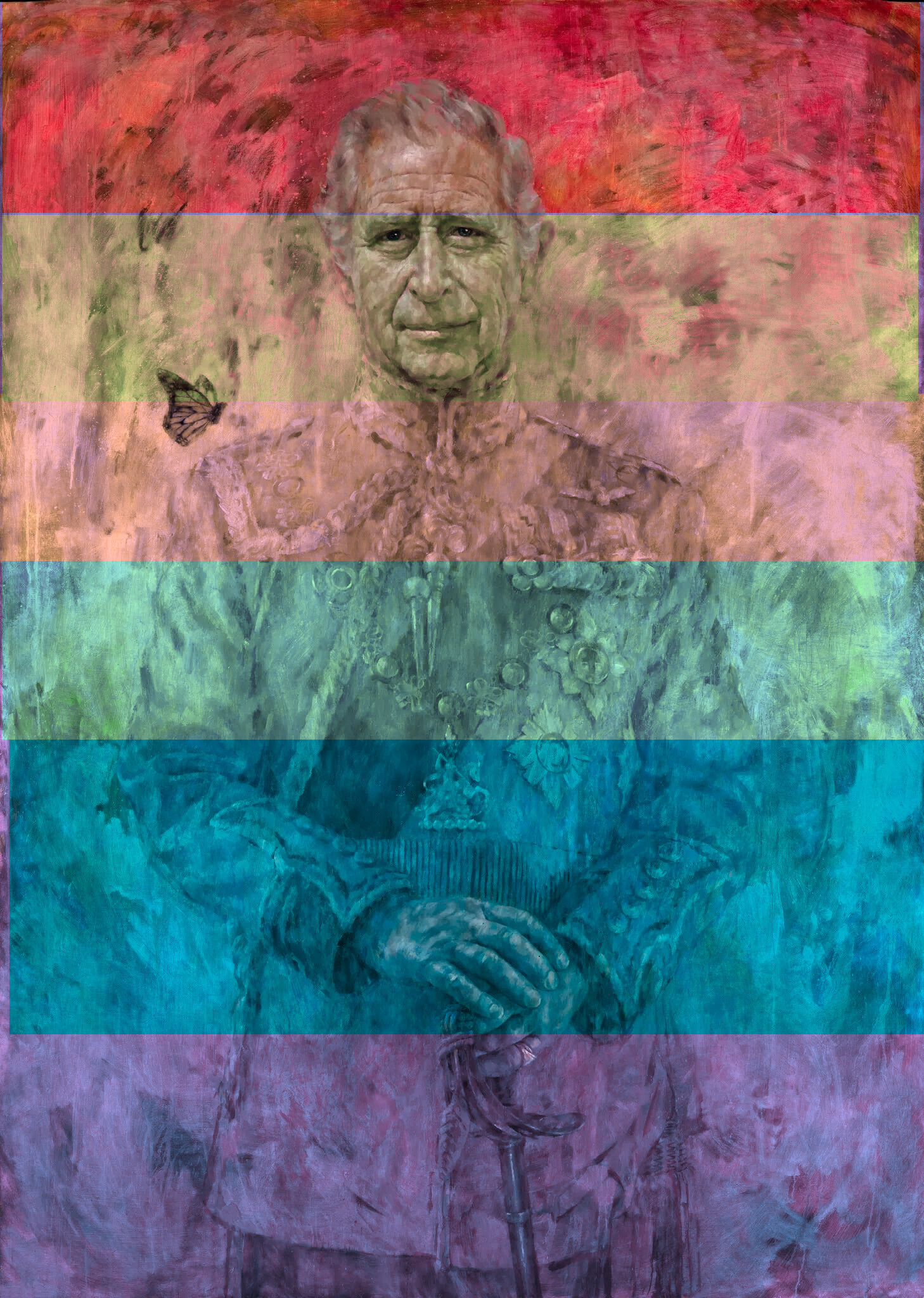Most AES countries use a bench trial system for criminal law, but this seems like possibly taking power away from the workers in important matters. What was the thought process behind using bench trials for criminal court in AES nations?
(For reference, a bench trial is where one or more judges/magistrates decide the outcome of a trial as opposed to a jury of people)


Edit: i seem to have gotten too focused on “Most AES countries use a bench trial system for criminal law”, and answered a different question than the one you asked.
original comment
From Chapter V of Russian Justice (published 1935)
Should you wish to dive deeper into this, besides the above book, there is—I have not read it—also the book Soviet Administration of Criminal Law by Judah Zelitch, published 1931. It is a much more academic book (the work done originally for a thesis), which describes the development of the law and courts from the revolution until 1931.
Interesting, I thought the USSR used a panel of judges, but it looks like I just got terminology mixed up